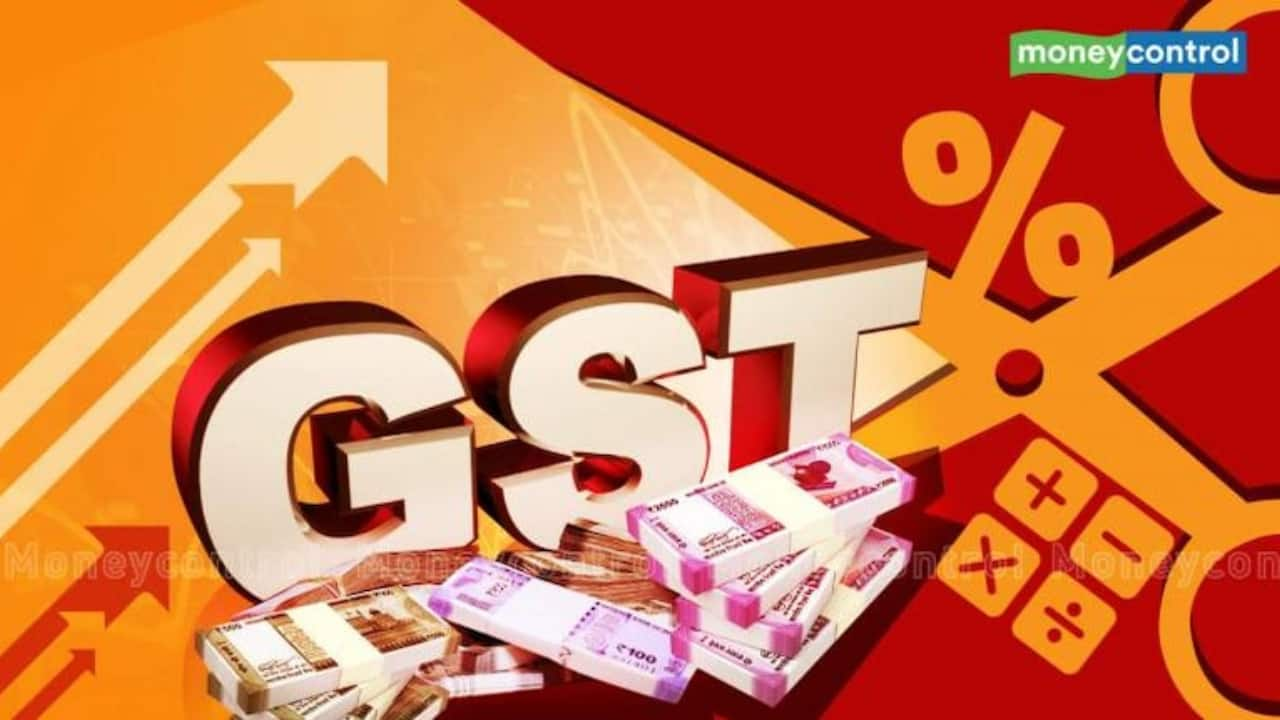 |
|
The Goods and Services Tax (GST) system in India, while lauded for its potential to unify the nation's indirect tax structure, continues to grapple with complexities in its rate rationalization efforts. The Central Board of Indirect Taxes and Customs (CBIC) Chairman, Sanjay Agarwal, recently highlighted the significant challenges involved in adjusting GST rates, emphasizing the intricate interplay between socio-economic considerations and the imperative of maintaining sufficient government revenue. The process, he explained, is far from straightforward, necessitating a delicate balancing act that considers the impact on various sectors and the overall financial health of the nation.
The initial implementation of GST rates, predicated on the principle of revenue neutrality—maintaining existing revenue levels after the tax restructuring—has proven insufficient to address the evolving economic landscape. Years of implementation have revealed the need to consider socio-economic factors which were not fully anticipated during the initial design phase. Certain sectors, deemed crucial for social welfare or economic growth, might require preferential tax treatment, leading to deviations from the strict principles of revenue neutrality. This creates a difficult situation for policymakers, who must navigate the conflicting demands of economic efficiency and social equity.
One of the most significant hurdles highlighted by Agarwal is the inherent difficulty in ensuring consistency across similar items. In practice, inconsistencies in classification and categorization lead to disputes amongst businesses and necessitate continuous review and modification to the GST structure. Ensuring that items classified as similar actually fall under similar tax rates and that tax brackets align logically with product characteristics is a monumental task. The pursuit of this consistency requires not just careful categorization, but also a robust dispute resolution mechanism to ensure fair and consistent application across the board.
Further complicating the issue is the inherent asymmetry in rate adjustments. While reducing tax rates tends to be a relatively simpler political and administrative process, increasing rates often faces significant resistance. This asymmetry imposes constraints on the government’s ability to effectively maneuver the tax system to meet both its revenue targets and socio-economic goals. Therefore, achieving optimal tax rates often requires a strategic approach, aiming to minimize negative impacts on specific sectors while ensuring overall revenue adequacy.
The formation of a Group of Ministers (GoM) underscores the significance of the ongoing review. Headed by Bihar Deputy Chief Minister Samrat Choudhary, this committee, composed of finance ministers from various states, aims to carefully scrutinize the current GST structure and propose comprehensive revisions. The GoM's work is critically important given the broad implications of tax rate alterations, encompassing various sectors of the economy and ultimately impacting consumers across the country. Their recommendations will carry significant weight in shaping the future of GST in India.
The challenges facing the GoM are manifold. They must reconcile the competing demands of revenue generation, socio-economic priorities, and the imperative of simplifying the tax structure to ensure ease of compliance for businesses. The task requires careful analysis of economic data, consideration of diverse viewpoints from different states, and a political ability to navigate the complex interests of various stakeholder groups. Success will require a balanced approach that does not unduly burden any specific segment of the economy while simultaneously ensuring a healthy level of revenue generation for the government.
The outcome of the GoM’s deliberations will have far-reaching consequences for the Indian economy. A successfully streamlined and rationalized GST structure can improve efficiency, boost economic growth, and increase tax compliance. Conversely, continued complexity and ambiguity in tax rates can lead to increased administrative costs, litigation, and a general sense of uncertainty among businesses. Therefore, the GoM’s work represents a crucial juncture in the evolution of India’s GST system, demanding careful consideration and a holistic approach to ensure a sustainable and equitable tax framework.
Beyond the immediate challenges of rate adjustment, the long-term success of the GST system also relies on addressing underlying issues in tax administration. This includes strengthening enforcement mechanisms, improving taxpayer education and outreach, and simplifying the overall processes associated with filing and compliance. A combination of structural reforms, technological advancements, and efficient dispute resolution systems are necessary to ensure the smooth and consistent functioning of the GST system over the long term. This comprehensive approach will not only address the immediate concerns surrounding rate rationalization but also foster a more sustainable and robust tax system for India’s future.
In conclusion, the challenges involved in rationalizing GST rates in India are multifaceted and complex, requiring a meticulous approach that considers economic, social, and political factors. The GoM's work is crucial in addressing these challenges and setting the stage for a more efficient, equitable, and sustainable GST system. The success of this endeavor will hinge not only on effective rate adjustments, but also on addressing broader concerns surrounding tax administration and ensuring consistent application of the tax laws. The goal is not just to simplify tax rates, but to create a transparent, predictable, and user-friendly tax framework that supports economic growth and contributes to the overall well-being of the Indian nation.
Source: GST rate rationalisation challenging due to socio-economic, revenue considerations: CBIC Chairman
